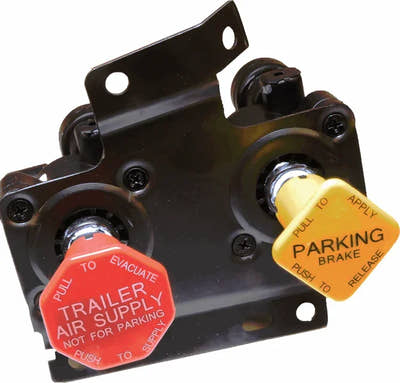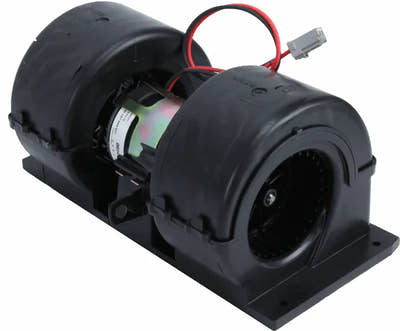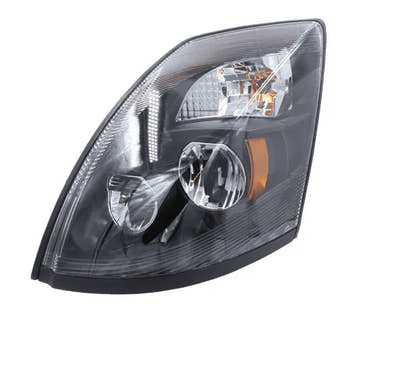Cummins ISX Variable Geometry Turbo (VGT) & VGT Actuator FAQs
Cummins ISX Variable Geometry Turbo (VGT) & VGT Actuator FAQs
In this article, we will explain what a VGT and actuator are, how they work, the symptoms of a failing VGT or actuator, and how to diagnose and fix these issues. Thes components relate to the engine configuration, so no matter if it's a Peterbilt, Kenworth, Freightliner or Volvo truck, as long as your semi truck has a Cummins ISX, this information may be helpful.
What is a VGT and Actuator?
A VGT is a type of turbocharger that is designed to allow the effective aspect ratio (A:R) of the turbo to be altered as conditions change. This means that the turbo can operate at peak efficiency across a wider range of engine speeds and loads. The VGT uses an actuator to control the position of a set of vanes within the turbo. These vanes can be adjusted to optimize the flow of exhaust gases through the turbo, and therefore the amount of boost that is produced.
On a Cummins ISX engine, the VGT and actuator are located on the exhaust side of the engine. The VGT is typically a cast iron or stainless steel unit that is mounted to the exhaust manifold, while the actuator is a small, electric motor-driven device that is mounted on the VGT itself.
Symptoms of a Failing VGT or Actuator:
If the VGT or actuator is failing, you may notice the following symptoms:
Diagnosing Issues with the VGT and Actuator:
To diagnose issues with the VGT and actuator, you will need to use diagnostic equipment to check for fault codes and perform various tests. This may include checking the operation of the actuator, measuring boost pressure and EGT, and testing the operation of the VGT vanes.
- You can also check the VGT nozzle and actuator for binding using a diagnostic scan tool that is capable of performing this test. The scan tool will typically provide information about the position of the VGT nozzle and actuator, and you can use this information to determine if there are any issues with binding or sticking.
- Alternatively, you can also check the VGT nozzle and actuator for binding by removing the actuator and manually moving the nozzle and actuator gear back and forth. However, it is important to note that before removing the actuator, it is absolutely necessary to have a diagnostic scan tool capable of calibrating the actuator for re-installation. If the actuator is not properly calibrated after being removed and reinstalled, it can cause problems with the operation of the VGT and engine performance.
Fixing a Failing VGT or Actuator:
- To fix a failing VGT or actuator, you will need to replace the faulty component. This will typically involve removing the VGT from the engine and replacing it with a new unit. You will also need to replace the actuator if it is faulty. It is important to follow the manufacturer's recommended procedures when replacing these components, as they can be difficult to access and require special tools like a diagnostic scan tool to remove, calibrate and install.
- Please be aware if you are replacing either of these components after the truck is in derate mode, there may be further issues in the systems, such as: plugged EGR differential sensor or passages, plugged DPF pressure sensor or tubes, plugged DPF filter, plugged DOC filter.
- Also, if your truck is in derate you will have to make the necessary repairs, clear the fault codes, reset parameters, perform a forced regen and possibly even an SCR efficiency test to remove the derate.
Conclusion:
In summary, the VGT and actuator are important components of the engine on a Cummins ISX semi truck. If these components are failing or binding, it can cause problems with the operation of the DPF and EGR system, leading to increased soot production and reduced engine performance. To diagnose and fix these issues, you will need to use diagnostic equipment and follow the manufacturer's recommended procedures for replacing the faulty components. Failing to properly diagnose and fix issues with the VGT and actuator can lead to further problems with the engine and potentially cause costly damage. It is important to regularly check and maintain these components to ensure the smooth operation of your semi truck.






























